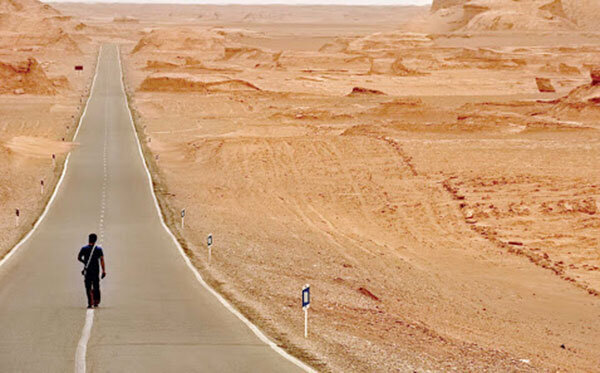How desertification control affects rural migration?

TEHRAN – Ignoring desertification, in addition to rising sand and dust storms, causes unfavorable climatic conditions for living and leads to the migration of villagers.
If farms in these areas are not protected, agriculture will not be possible due to the influx of dust and dust storms, Mojtaba Akhavan, advisor to the head of the Natural Resources and Watershed Management Organization said.
Conditions must be provided for the locals’ living, their agricultural and livestock lands must be preserved, and reverse migration must take place. Of course, reverse migration is not just a matter of education and income, but the provision of the people’s basic needs such as air and water.
When a dust storm in the capital disrupts people’s lives, people in some areas in the country such as southern Kerman, and Sistan-Baluchestan, spend half their lives in these difficult conditions with respiratory problems, when life turns into a “disaster”, he lamented.
The main approach of the Natural Resources and Watershed Management Organization is conservation and rehabilitation, and the Office of Desert Affairs has been defining projects such as planting projects or managing runoff for years and implementing programs in this regard, he explained.
In gardens, windbreaks are constructed around the fields. In this way, we provide seedlings free of charge to farmers in areas such as south of Kerman, south of Yazd, Sistan-Baluchestan, etc. to cover their farms by planting seedlings, he noted.
This organization works in desert areas and sand dunes by implementing various projects such as planting trees, mulching, etc. in order to create suitable living conditions for the villagers and prevent them from migrating from these areas, he highlighted.
Based on the funds available to the country's Natural Resources and Watershed Management Organization, we have been successful; But with the very high rate of desertification, the drying up of wetlands, and the increase of sand and dust storms, we need more funding for better performance, he emphasized.
He further called on the government officials and politicians to think carefully, because dust management requires continuous and long-term planning abroad and in cooperation with other countries.
Most recently, plans to combat desertification are being implemented on 300,000 hectares of land annually, according to Vahid Jafarian, the director of the desert office of the Natural Resources and Watershed Management Organization.
Desertification control plans include planting seedlings, managing runoff waters, and constructing windbreaks around farms and sand dunes, Jafarian said.
Implementation of innovative projects such as checkerboard windbreaks in sand dunes, and the use of gravel mulch has started for the first time in Semnan province, and we are trying to develop these projects in other parts of the country, he added.
70-year history of dealing with desertification
Iran has a 70-year history of dealing with desertification and dust control, with about 5 million hectares of planted forests in sand and dust storm hotspots, especially in areas with less than 50 mm of rainfall, Ali Mohammad Tahmasebi, head of the national working group for mitigating SDSs, has said.
Desertification control plans include planting seedlings, managing runoff waters, and constructing windbreaks around farms and sand dunes.
Studies by international organizations show that the Islamic Republic has recorded the highest number of reforested desert areas after China, he added.
Parviz Garshasbi, deputy head of the Forests, Rangelands, and Watershed Management Organization (FRWMO), has said that according to the Sixth National Development Plan, desert greening measures were to be carried out in 1,140,000 hectares of the country's deserts, but so far, the operations have been conducted in only 350,000 hectares of deserts.
An estimated 2 billion tons of soil is lost due to erosion in Iran annually, it takes an average of 400 years to form a centimeter of soil on the planet, he said, adding, in Iran's climate, this time is between 700 and 1000 years.
Wind erosion brings an annual economic and environmental damage of 30 trillion rials (nearly $714 million at the official rate of 42,000 rials) to the country, according to the latest studies in 2019.
“Over 88 percent of the country can be affected by desertification. According to the 2018 survey, 37 million hectares of the country are exposed to land degradation and 23 percent of the total area is subject to severe degradation in terms of reduction of vegetation and soil fertility.
Also, 22 provinces of the country with an area of 29.5 million hectares in 187 regions are affected by wind erosion and there are 237 crisis centers with an area of 13.9 million hectares due to the influx of annual quicksand to the railway infrastructure, roads, agriculture, and other parts are damaged,” he explained.
FB/MG
